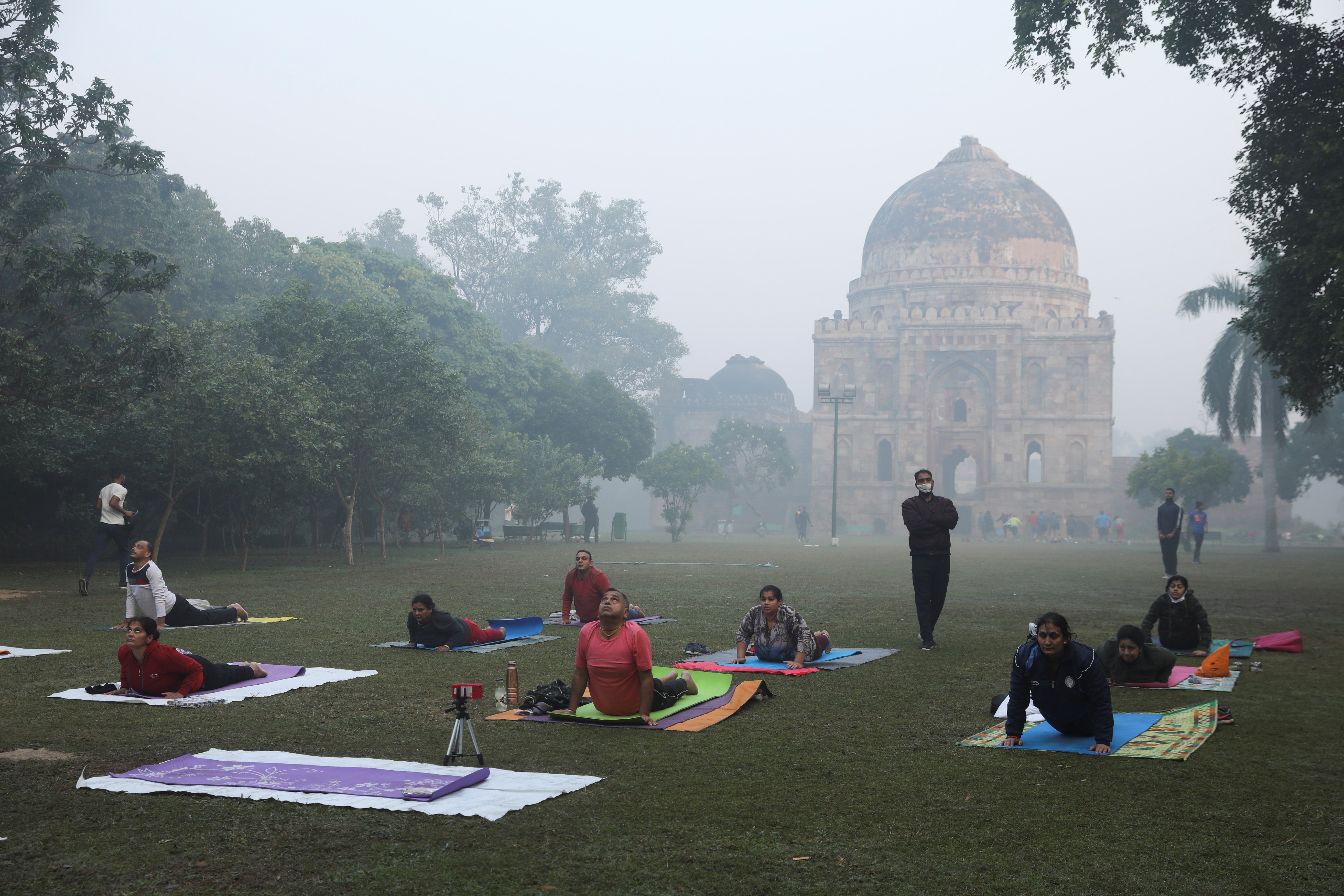A 30-year-old man was rushed to the emergency ward of a hospital in the Indian national capital of Delhi last month after he complained of low oxygen levels and breathing difficulties.
He was diagnosed with asthma. Doctors said he did not have any history of smoking or respiratory illnesses and suspected that the asthma was a side effect of the hazardous air quality in the region.
On 31 October, just days before the onset of peak pollution in Delhi ahead of the Hindu festival of Diwali, the man was taken to Aakash Healthcare Super Specialty Hospital in Delhi, reported India Today.
He told doctors that he was suffering from breathlessness, dry cough and throat irritation but did not show any signs of active infection or fever. The doctors found out that he was suffering from eosinophilic asthma, and his entire respiratory system was inflamed.
A consulting pulmonologist at the hospital said the man’s blood levels showed eosinophilia due to an allergy which flared up his bronchial asthma.
This happens if a person breathes air of poor quality, which has allergens and toxins, doctors said.
“His father and sister are asthmatic but he never experienced any such symptoms in the past,” pulmonologist Dr Akshay Budhiraja said.
The man was discharged five days after being admitted and was advised oxygen therapy at home.

Doctors across Delhi and its neighbouring cities are alarmed by the hazardous air pollution levels and have warned people to wear N95 masks and stay indoors.
Chest surgeon Arvind Kumar in Delhi said that doctors are already registering more infections after the air quality took a severe hit. “I fear things will only get worse from here on,” Mr Kumar said.
A recent study by the University of Chicago showed that a person living in Delhi loses at least nine years of their life on average due to polluted air.
India’s top court last week suggested that the Delhi administration lockdown the city for two days and shut schools to save lives, after the senior-most judge NV Ramana, the chief justice of India, said that the condition was so bad that they had to wear masks inside their house.
The air pollution levels have skyrocketed and for the past fortnight, they have been nine times more than the levels deemed safe by the World Health Organisation.

A bitterly grey, cough-inducing and unbreathable smoggy air engulfed India’s national capital this month after it peaked on Diwali on 4 November and residents woke up to a thick blanket of hazardous air.
In a delayed measure to fight air pollution, Delhi has shut down schools for a week, pushed its employees indoors to work from home and banned all construction activities.
PM2.5, very fine and dangerous particulate matter that cannot be seen with naked eyes, surged to around 250 micrograms per cubic meter, which is considered hazardous to breathe, according to the state-run System of Air Quality Weather Forecasting and Research.




Join our commenting forum
Join thought-provoking conversations, follow other Independent readers and see their replies
Comments